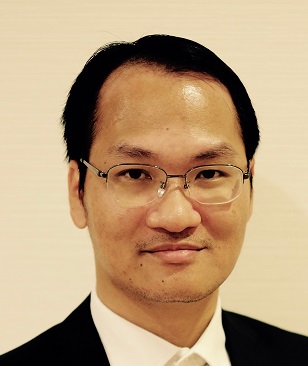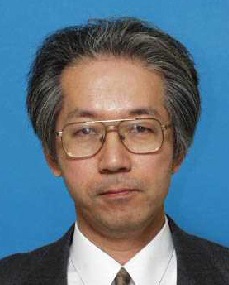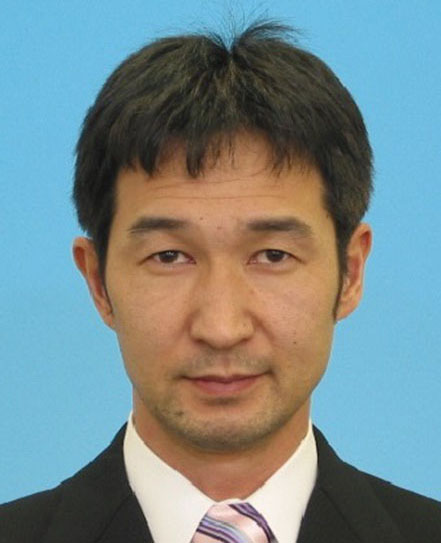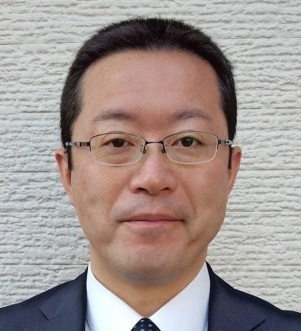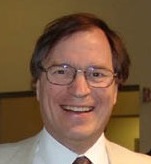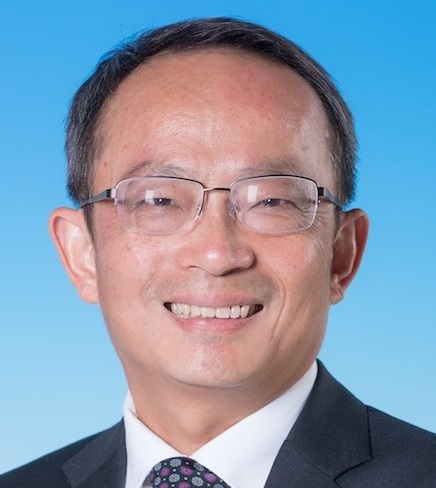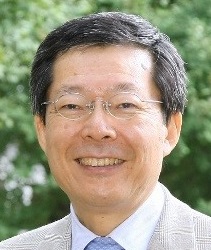A digital microfluidic biochip (DMFB) is an attractive technology platform for automating laboratory procedures in biochemistry. However, today's DMFBs suffer from several limitations: (i) constraints on droplet size and the inability to vary droplet volume in a fine-grained manner; (ii) the lack of integrated sensors for real-time detection; (iii) the need for special fabrication processes and reliability/yield concerns. To overcome the above problems, DMFBs based on a micro-electrode-dot-array (MEDA) architecture, and fabricated using a TSMC 350 nm process, have recently been demonstrated.
This presentation will first describe a biochemistry synthesis approach for such MEDA biochips. This synthesis method targets operation scheduling, module placement, routing of droplets of various sizes, and diagonal movement of droplets in a two-dimensional array. Simulation results using benchmarks and experimental results using a fabricated MEDA biochip will be presented to demonstrate the effectiveness of the proposed co-optimization technique. Finally, the presentation will describe an efficient built-in self-test (BIST) solution for MEDA biochips. Simulation results based on HSPICE and experiments using fabricated MEDA biochips will highlight the effectiveness of the proposed BIST architecture.
|
Biography: Krishnendu Chakrabarty received the B. Tech. degree from the Indian Institute of Technology, Kharagpur, in 1990, and the M.S.E. and Ph.D. degrees from the University of Michigan, Ann Arbor, in 1992 and 1995, respectively. He is now the William H. Younger Distinguished Professor of Engineering in the Department of Electrical and Computer Engineering and Professor of Computer Science at Duke University. He also serves as Director of Graduate Studies for Electrical and Computer Engineering. Prof. Chakrabarty is a recipient of the National Science Foundation Early Faculty (CAREER) award, the Office of Naval Research Young Investigator award, the Humboldt Research Award from the Alexander von Humboldt Foundation, Germany, the IEEE Transactions on CAD Donald O. Pederson Best Paper award (2015), and 11 best paper awards at major IEEE conferences. He is also a recipient of the IEEE Computer Society Technical Achievement Award (2015) and the Distinguished Alumnus Award from the Indian Institute of Technology, Kharagpur (2014). He is a Research Ambassador of the University of Bremen (Germany) and a Hans Fischer Senior Fellow (named after Nobel Laureate Prof. Hans Fischer) at the Institute for Advanced Studies, Technical University of Munich, Germany. Prof. Chakrabarty's current research projects include: testing and design-for-testability of integrated circuits; digital microfluidics, biochips, and cyberphysical systems; optimization of enterprise systems and smart manufacturing. Prof. Chakrabarty is a Fellow of ACM, a Fellow of IEEE, and a Golden Core Member of the IEEE Computer Society. He holds eight US patents, with several patents pending. He was a 2009 Invitational Fellow of the Japan Society for the Promotion of Science (JSPS). He is a recipient of the 2008 Duke University Graduate School Dean's Award for excellence in mentoring, and the 2010 Capers and Marion McDonald Award for Excellence in Mentoring and Advising, Pratt School of Engineering, Duke University. He has served as a Distinguished Visitor of the IEEE Computer Society (2005-2007, 2010-2012), and as a Distinguished Lecturer of the IEEE Circuits and Systems Society (2006-2007, 2012-2013). Currently he serves as an ACM Distinguished Speaker. Prof. Chakrabarty served as the Editor-in-Chief of IEEE Design & Test of Computers during 2010-2012 and ACM Journal on Emerging Technologies in Computing Systems during 2010-2015. Currently he serves as the Editor-in-Chief of IEEE Transactions on VLSI Systems. He is also an Associate Editor of IEEE Transactions on Computers, IEEE Transactions on Biomedical Circuits and Systems, IEEE Transactions on Multiscale Computing Systems, and ACM Transactions on Design Automation of Electronic Systems. He serves as an Editor of the Journal of Electronic Testing: Theory and Applications (JETTA). In the recent past, he has served as Associate Editor of IEEE Transactions on VLSI Systems (2005-2009), IEEE Transactions on Computer-Aided Design of Integrated Circuits and Systems (2001-2013), IEEE Transactions on Circuits and Systems I (2005-2006), and IEEE Transactions on Circuits and Systems II (2010-2013). |
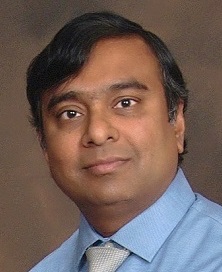
|

